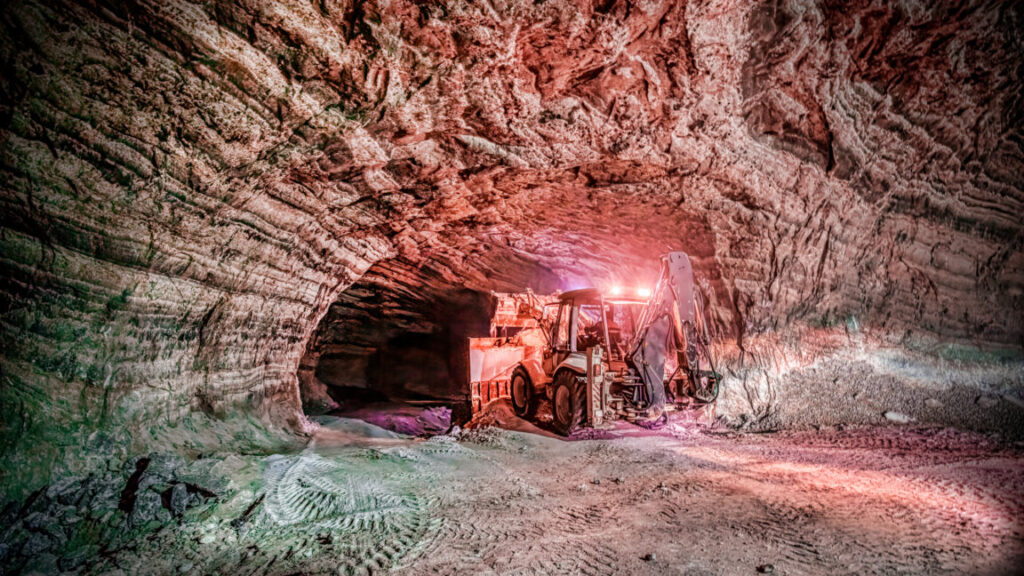Life is thriving in the subsurface depths of Earth
Nitrospirota is an archaeal phylum that’s particularly common in the terrestrial subsurface. Some species of nitrospirota are capable of oxidizing ammonia, while others can reduce it to nitrite, which is used by phytoplankton and also defends against pathogens in the human stomach, mouth, and skin.
Proteobacteria is a bacterial phylum that’s especially abundant in the terrestrial and marine subsurface. Some proteobacteria live in deep ocean trenches, and oxidize carbon monoxide (which contributes to global warming and depletes ozone). Bacteria also common in the marine subsurface include Desulfobacteria and Methylomirabilota. Desulfobacteria reduce sulfates, and other sulfate-reducing bacterias have already shown they can be used to help clean up contaminated soil. Methylomirabilota help control methane levels in the atmosphere by oxidizing methane.
Something unexpected that caught Ruff’s attention was how total diversity went up with depth. This was surprising because less energy is available at deeper levels of the subsurface. For archaea, diversity went up with the increase in depth in terrestrial environments but not marine environments. The same happened with bacteria, except in marine instead of terrestrial environments.
Much of what lies far below our feet still eludes us. Ruff suggests that single-cell microbes in even deeper, yet unexplored levels of the subsurface may have adapted to the absence of energy by slowing down their metabolisms so drastically that it could take decades, even centuries, for them to divide just once.
If there really are microbes that manage to live longer than humans with this survival tactic, it is possible similar species might be hiding on planets such as Mars, where the surface has long been blasted by radiation.
“Understanding deep life on Earth could be a model for discovering if there was life on Mars, and if it has survived,” Ruff said in a press release.
Maybe future technology could retrieve samples several kilometers below the Martian surface. Until then, keep digging.
Science Advances, 2024. DOI: 10.1126/sciadv.adq0645
Life is thriving in the subsurface depths of Earth Read More »
